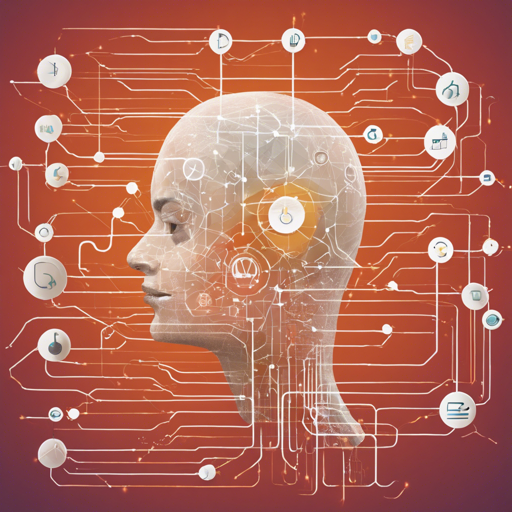The world of Natural Language Processing (NLP) has been revolutionized by models like GPT-2, especially when tailored for specific languages such as Spanish. In this article, we will explore how to understand and utilize the GPT2-Spanish model, delve into the technical aspects, and discuss potential troubleshooting techniques to help you on your journey.
What is GPT2-Spanish?
GPT2-Spanish is a sophisticated language generation model that has been meticulously trained from scratch using an extensive dataset of 11.5GB of Spanish texts. Its architecture mirrors the medium version of the renowned OpenAI GPT-2 model, ensuring high-quality text generation capabilities suited for various applications.
The Corpus Behind the Model
The strength of GPT2-Spanish lies in its rich training corpus which comprises:
- 3.5GB of Wikipedia articles
- 8GB of literary texts, including narratives, short stories, theater scripts, poetry, essays, and popular science literature
The Tokenizer: Understanding the Byte Pair Encoding
One star player in GPT2-Spanish is its tokenizer, which employs a byte-level Byte Pair Encoding (BPE). This is akin to a skilled translator who not only understands the text but also the nuances of the language. The tokenizer has been specially trained on Spanish corpus data, overcoming limitations found in English models due to the morphosyntactic differences between the two languages. With a vocabulary size of 50,257, it prepares input sequences of 1,024 consecutive tokens, allowing for meaningful text interactions.
Training This Powerful Model
To bring GPT2-Spanish to life, the model and its tokenizer were trained using the Hugging Face libraries, leveraging the power of an Nvidia Tesla V100 GPU with 16GB memory on Google Colab servers. This training process is crucial for developing a model that can understand and generate coherent text in Spanish.
Meet the Creators
The brilliant minds behind GPT2-Spanish are Alejandro Oñate Latorre from Spain and Jorge Ortiz Fuentes from Chile. They are passionate members of Deep ESP, an open-source community enhancing Natural Language Processing in Spanish. Special thanks to the community members who contributed financially to support the initial tests.
Using GPT2-Spanish: A Creative Analogy
Think of GPT2-Spanish as a skilled chef in a high-end restaurant. Just as a chef uses fresh ingredients (the Spanish texts) to create gourmet dishes (text outputs), the model uses its training corpus to generate coherent and contextually relevant text. The tokenizer acts as a sous-chef, preparing and processing the ingredients before they are transformed into sumptuous dishes. While the chef can create various meals, there may be instances where an ingredient might not suit a specific dish, akin to the model potentially generating unexpected or inappropriate content. Therefore, it’s essential to guide the chef with clear instructions (prompts) for the best outcomes.
Cautions to Keep in Mind
While GPT2-Spanish is powerful, it is crucial to be cautious. The model generates text based on the patterns it learned during training, and the corpus was not filtered. This means it may occasionally produce offensive or discriminatory content. It is vital to review generated outputs before publication or further use.
Troubleshooting Ideas
If you encounter challenges while working with GPT2-Spanish, consider these troubleshooting steps:
- Ensure you have the right setup: Check the compatibility of your GPU and libraries with Hugging Face.
- Analyze the input prompts: Sometimes, vague or ambiguous prompts can lead to unexpected outputs. Be specific.
- Monitor resource usage: If the model crashes, ensure that your resource limits are not exceeded.
For more insights, updates, or to collaborate on AI development projects, stay connected with fxis.ai.
Conclusion
At fxis.ai, we believe that such advancements are crucial for the future of AI, as they enable more comprehensive and effective solutions. Our team is continually exploring new methodologies to push the envelope in artificial intelligence, ensuring that our clients benefit from the latest technological innovations.

